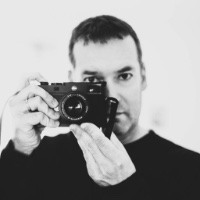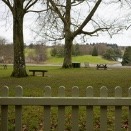I like film...(open thread)
-
Recently Browsing 1 member
-
Similar Content
-
- 310 replies
- 23,667 views
-
Windows: Open thread 1 2 3 4 40
By Robert M Poole,
- 794 replies
- 45,878 views
-
Doors. Open thread 1 2 3 4 33
By Robert M Poole,
- 659 replies
- 38,045 views
-
- 459 replies
- 20,616 views
-
- 229 replies
- 7,855 views
-




Recommended Posts
Join the conversation
You can post now and register later. If you have an account, sign in now to post with your account.
Note: Your post will require moderator approval before it will be visible.